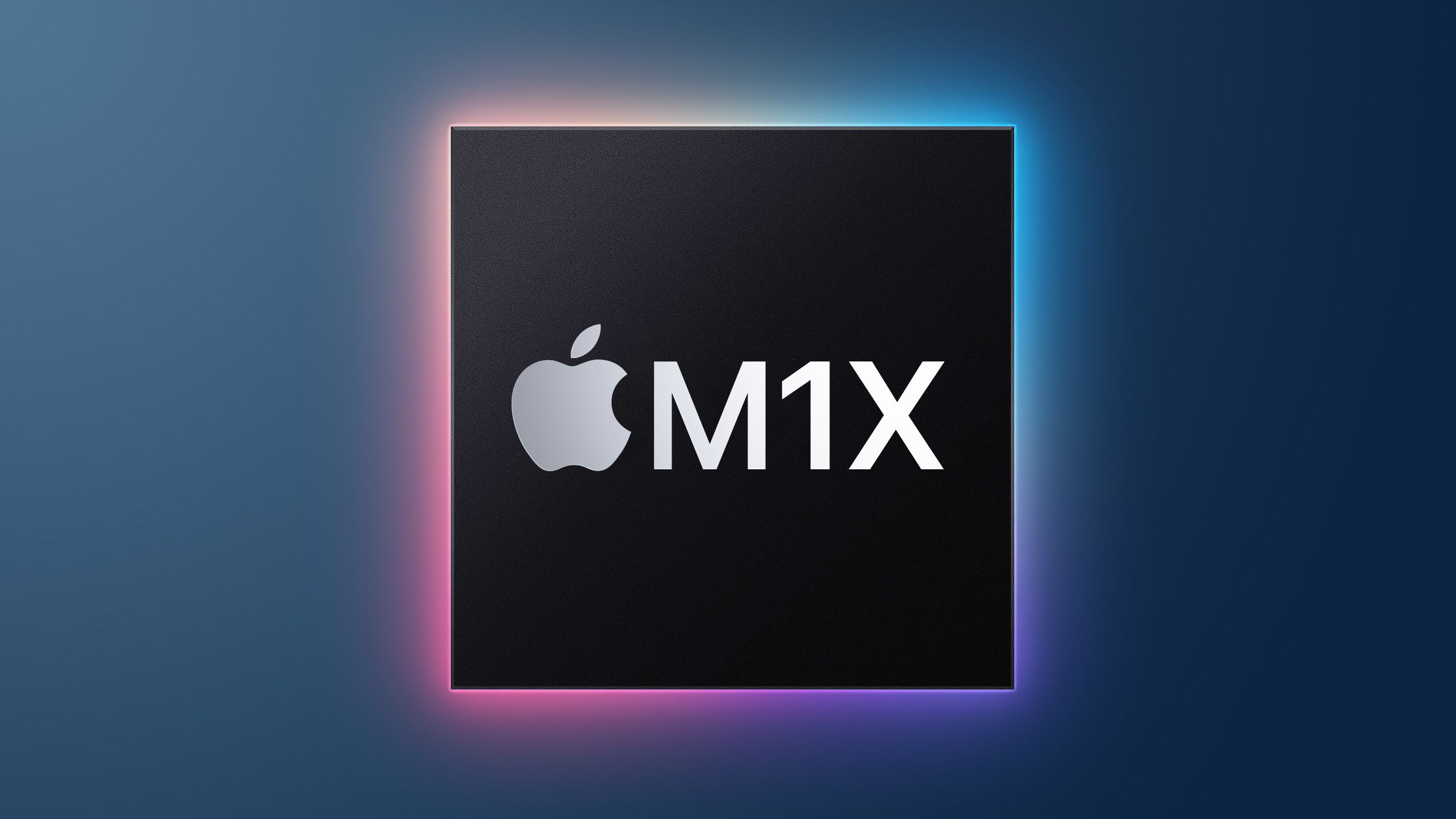
Cores shouldn’t all be the same: M1 Macs do better
Since the first Intel Macs fifteen years ago, every new Mac has come with at least two processor cores,* and Apple has actively encouraged all developers to write their software to take advantage of all the cores that it can. As Apple replaces Intel models with two or more identical cores, with its M1 SoC containing eight cores of two different types, what does this mean for the user?
Apart from the sheer number of cores in the M1, an important difference is that half of them are designed to deliver high performance, and the rest are primarily aimed at efficiency, in terms of power usage and heat production. These are known respectively as Firestorm and Icestorm. According to Apple, the Icestorm cores use about a tenth of the power used by Firestorm cores. When you’re running on battery, that should be a huge difference, but what does it mean in practice?
If you keep Activity Monitor open and an eye on core activity, you’ll be aware that Intel cores are often used asymmetrically, but because they all share the same specification, it makes no real difference. An M1 behaves quite differently. I happened to watch both architectures at work recently when rebuilding Spotlight indexes, a prime task to be run in the background.




_social_media.jpg)













